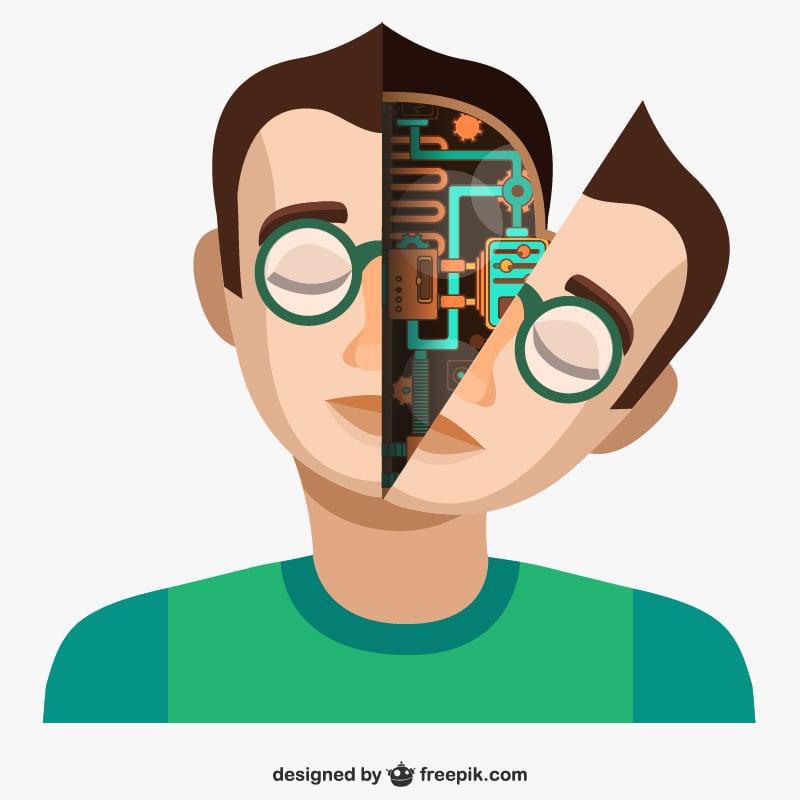To say that customer service is important is an understatement. According to Parature’s Global Customer Service Report, 97% of consumers in the world find customer service very, or at least somewhat important in their choice of a brand. What’s more, consumers are willing to spend more if you provide them with an excellent service; Dimensional Research and Zendesk’s findings show that more than 60% of B2B and more than 40% of B2C customers purchased more after a good experience with the customer service department. The main goal of customer service is pretty straightforward – keep the customers satisfied. In the past, this meant doling out smiles, and fielding a phone call from an unsatisfied customer from time to time. However, things have changed, and in the modern world, there is a whole lot to it than that. What may have been adequate today may be outdated in just a couple of months.

The Appeal of Service Automation
The benefits of customer service technology are obvious – customer problems don’t happen five days a week, eight hours a day and we live in an economy where most businesses have to serve people during many time zones. People also want instant responses to their inquiries at night and during the weekend. According to Social Habit research, a third of customers expect a response within 30 minutes through social media channels. In addition, almost 60% of them expect the exact same response time on weekends as during the business hours. In that aspect, automation looks great on paper – the companies don’t have to hire additional employees, so it saves money and since a machine can provide an instant answer to an inquiry, customer satisfaction will increase. However, things aren’t always how they seem.
Automate or Humanize?
Now, let’s make something clear, automation is certainly not useless. In fact, employee management software eliminates human errors and helps managers spend less time on tedious tasks that sometimes take hours to complete, and more time solving actual problems. However, too many companies rely on robotic answering systems, which don’t provide the type of service their customers appreciate. Automation is mainly used to replace jobs so common and repetitive that people don’t necessarily need to do them. Customer service, however, is not one of these jobs, because it requires a human being with years of practice to keep the consumer satisfied. The bottom line is – great service cannot be equaled by an algorithm. And with so many options for live customer service available today, it’s hard to justify the use of automated customer service techniques.

Less-than-ideal Technology Isn’t Helping
One of the problems with automation is that it can make a consumer feel like the company is “hiding” behind service technology. Even though it is 2016, the customer service technology still isn’t perfect. Some brands simply lost sight of the importance of human interaction and sometimes make it too difficult for customers to get the right level of assistance and service they need. If the technology is ineffective, people don’t want to deal with it. According to Accenture’s eleventh annual Global Consumer Pulse Survey of 25,000 customers, more than 80% of respondents said they would rather solve a problem with a customer service employee than interact over digital channels. What’s worse, over-reliance on humanless customer service seems to be pushing people away – more than 50% of the people surveyed by Accenture said they switched brands in the past because of the poor service.
The Future of Customer Service
We are relying on technology more than ever before; everything from transportation to education is being automated and it’s just a matter of time before low-level and mid-level professions start vanishing. Thomas Frey, Google’s top rated Futurist Speaker, predicts that around 2 billion jobs (which are roughly 50% of jobs on the planet) will disappear by 2030, due to technological development. However, while there is a growing preference for online self-service, when it comes to customer satisfaction – as we have seen in the aforementioned Accenture survey –people still have the upper hand. Therefore, even though it may be tempting to let automation speed the process up, it is vital to keep customer service human and personal.




Hi Nate
Logically speaking, once customer service chat bots exceed the high threshold set by the eponymous Turing Test, they will for all intents and purposes be indistinguishable to customers from human agents. If today’s rapid developments in deep learning continue apace, there is no reason why artificially intelligent chat bots could not do just as good a job as most human agents, with much higher quality, at a fraction of the cost.
There is a reason why Frey & Osborne in their 2013 study of jobs at risk from computerisation gave Customer Service Agents a 55% probability of being computerised and Telemarketers a 99% probability.
If increased quality and reduced costs were not enough benefit by themselves, they will probably lead to a rapid expansion of customer service as highly-contextual support, service and even sales prompts are built into the very fabric of future products, services and experiences. Why call customer service to get help when the product you have bought can guide you through its own setup itself.
Customer service is dead. Long live customer service chat bots!
Graham Hill
@grahamhill
Further Reading
Frey & Osborne, ‘The Future of Employment: How Susceptible are Jobs to Computerisation?’ Oxford University
http://www.oxfordmartin.ox.ac.uk/downloads/academic/The_Future_of_Employment.pdf